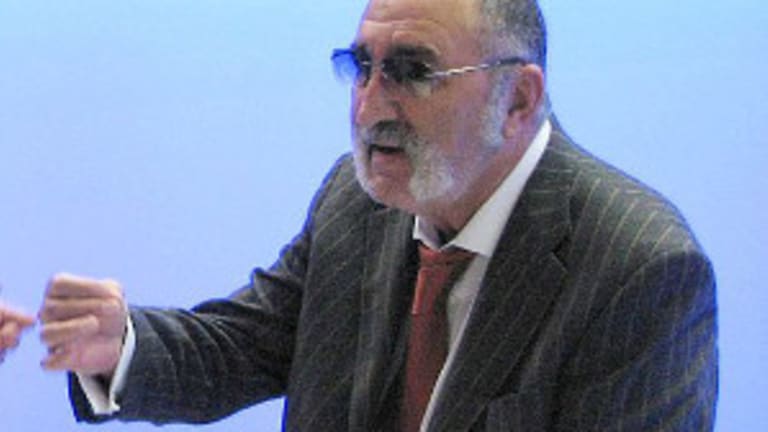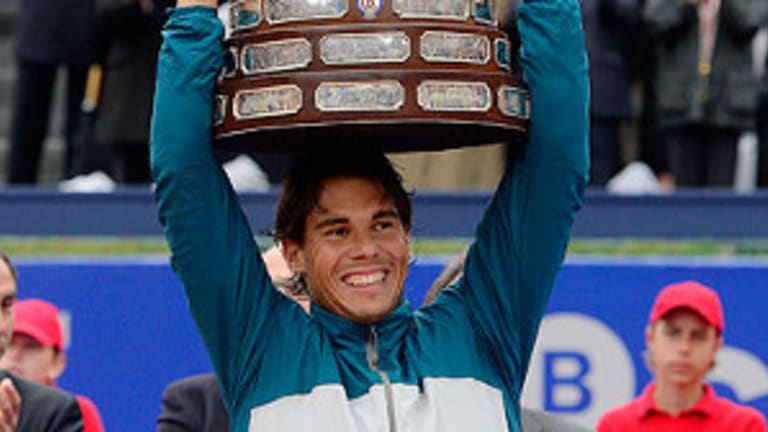A friend emailed me after I wrote my “Clay-Court Curmudgeon” post a few days ago to let me know that in some quarters, the Caja Mágica—the site of the ongoing Madrid Open—is commonly called the “Caja Tragica.”
So much for that seductive “Magic Box” (the English translation of Caja Mágica) theme. . .
Just the other day, my pal Neil Harman of London’s The Times fired out this tweet: “Sitting in Madrid wondering if I’ve ever seen a smaller international press contingent at any Masters/Premier event.”
And that was even before Roger Federer joined Novak Djokovic on the sidelines.
Okay, so it’s not a great year for Madrid. But then, how many have been?
The point I made in my “curmudgeon” column is that the Caja Mágica, despite being highly touted as a state-of-the-art venue when it opened in 2009, is a lousy place to experience tennis. All that “high-tech” metal is low-tech ugly. The box is so bland and severely angular that you couldn’t hide any magic in there if you tried, and Fabio Fognini alone can’t make up for that.
More distressing, the attendance seems to bear out the theory that fans aren’t exactly flocking to Madrid. My only caveat to these thoughts is that I haven’t attended the event in person, so perhaps with boots on the ground I’d feel very differently. But few people have suggested that I might.
All this wouldn’t be so bad a thing were Madrid just another run-of-the-mill event—even a Masters 1000 on the order of, say, Cincinnati, or Miami. But a lot of blood, sweat, and tears went into creating this tournament. It put another Masters event, Hamburg, out of business; in doing so, it almost led to the ATP going belly up (only a narrow victory for the establishment in a court of law averted that). It has ruffled a lot of feathers and led to a fair amount of tinkering with the calendars of the respective tours.
The big question is, Was it all worth it?

